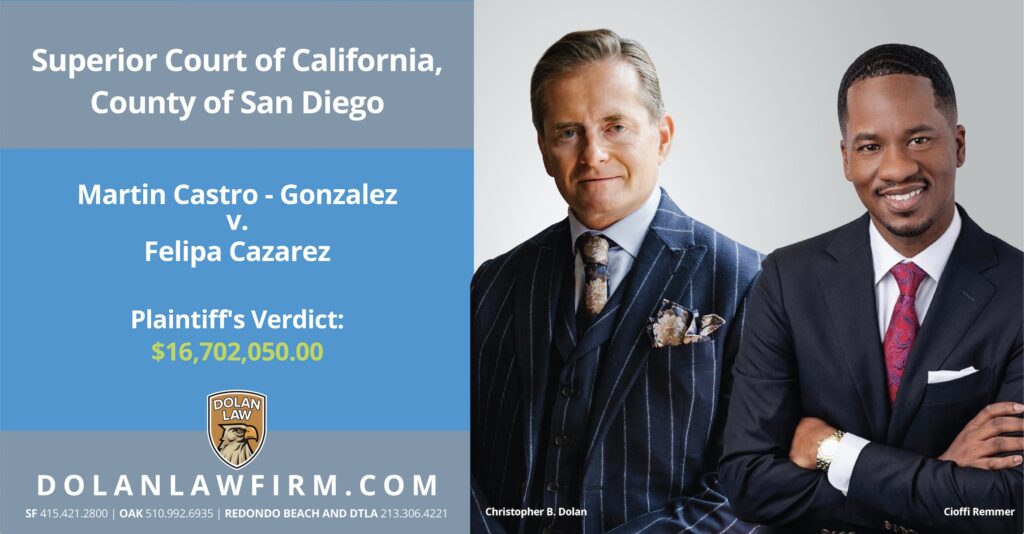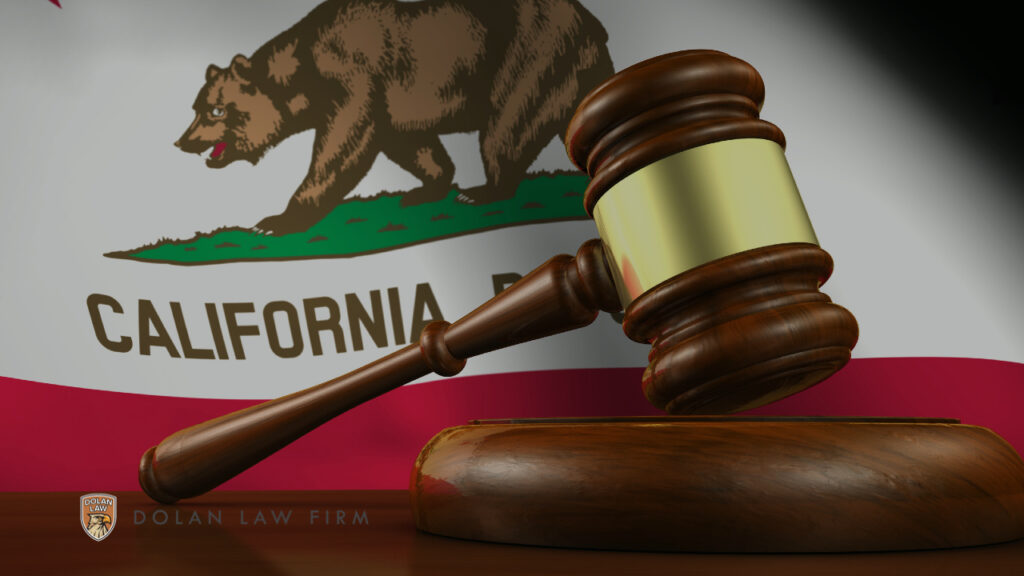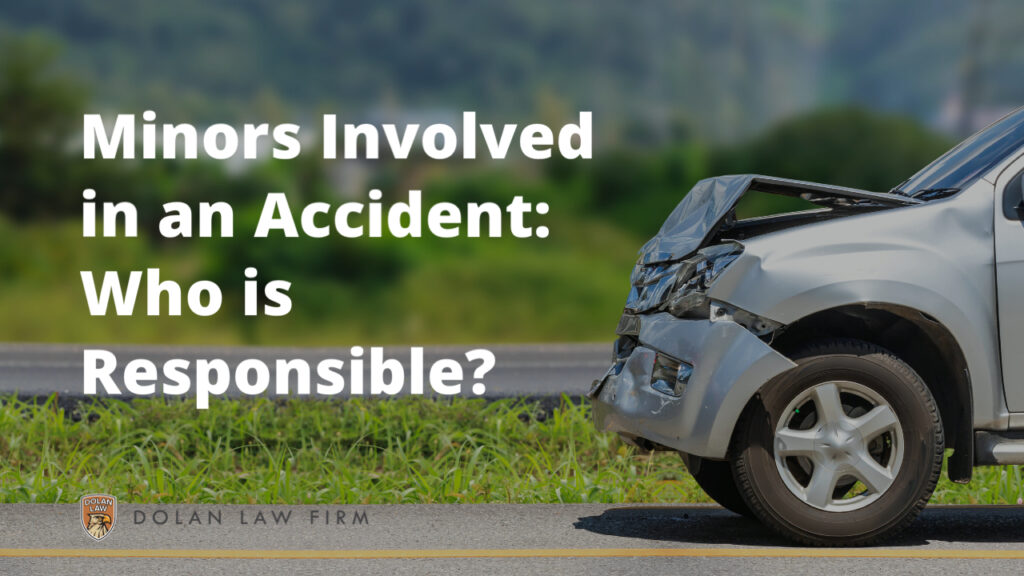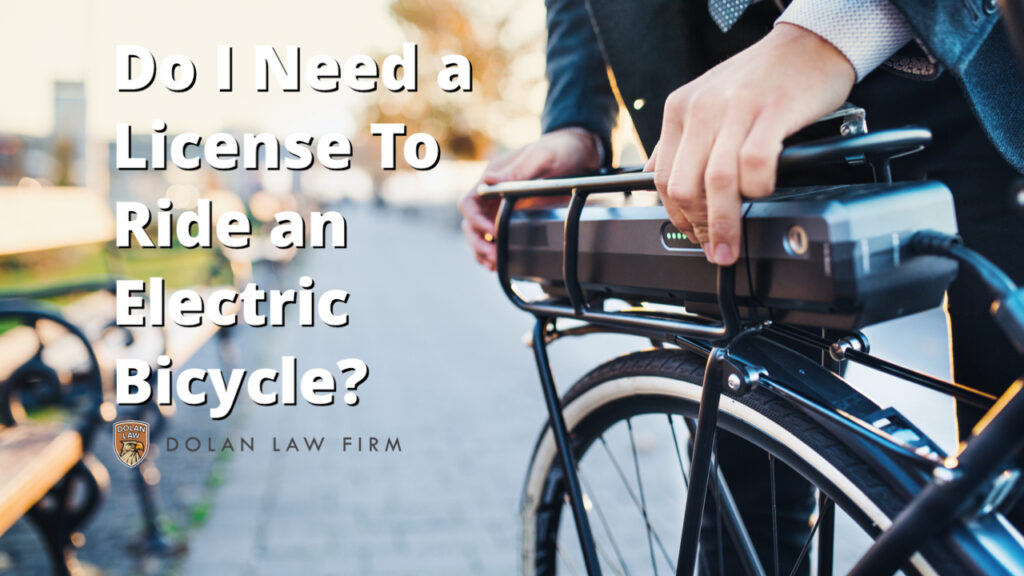Hospital Lien Act Gives Health Care Providers Legal Recourse
Written By Chris Dolan and Nancy Avila Villatoro This week’s question comes from Anonymous who asks: Are my medical providers entitled to a portion of my settlement? Dear Anonymous, Great question. Let’s create an example where you are in your car stopped at a red light, and the driver behind you is distracted, does not press […]
Hospital Lien Act Gives Health Care Providers Legal Recourse Read More »





